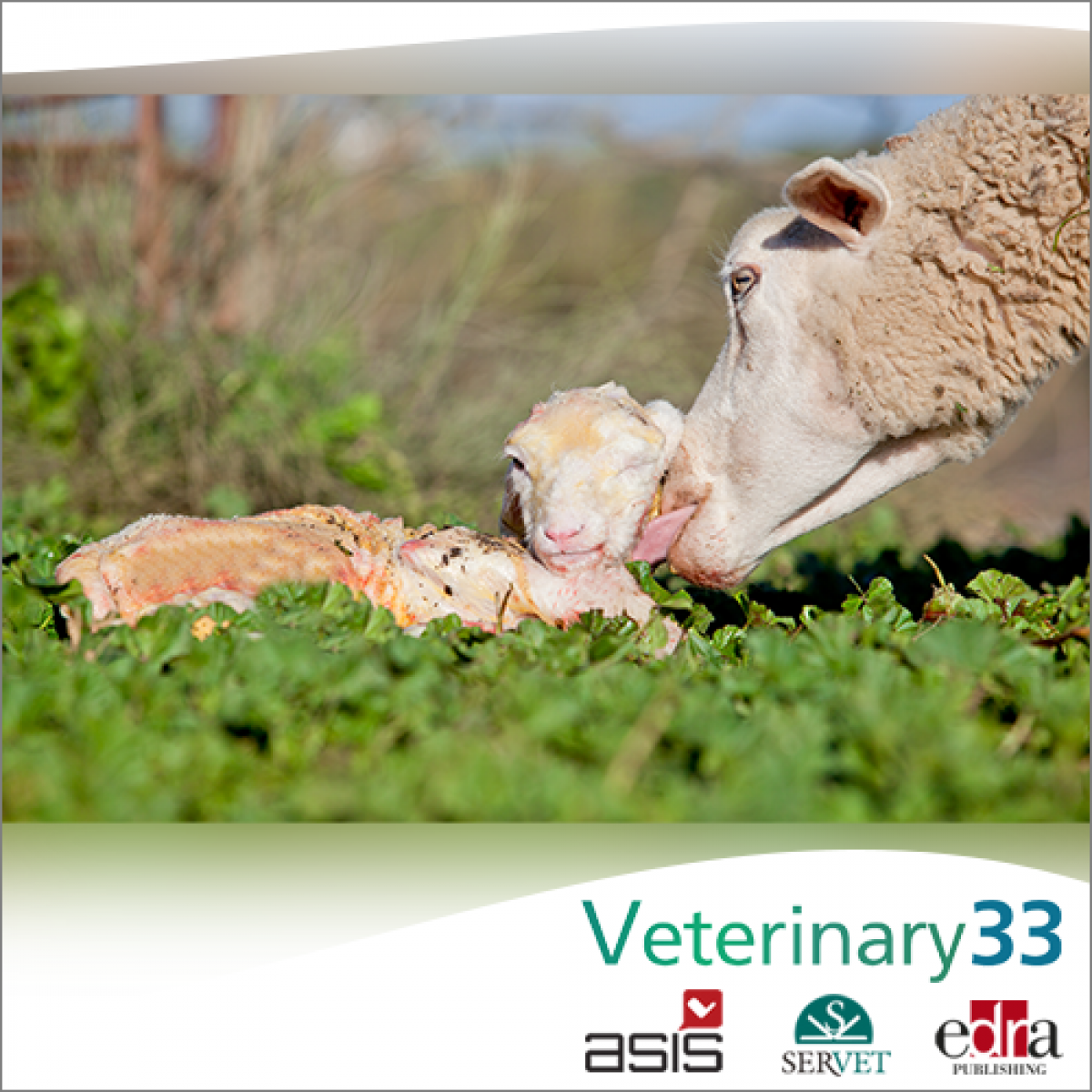A search for predictive biomarkers of ovine pre-partum vaginal prolapse
Identify predictive biomarkers for the development of pre-partum vaginal prolapse in sheep
Ovine pre-partum vaginal prolapse (known as bearings in sheep) occurs within a few weeks prior to lambing and unless treated both ewes and unborn lambs will die. It is a worldwide problem with no clear aetiology. Rates of prolapse in New Zealand typically vary from 0.1 to 2% per annum, varying between seasons and farms. In order to determine preclinical changes leading to prolapse, blood samples were collected prior to prolapse occurring and analyzed for changes in both protein and specific hormone and vitamin levels.
650 ewes were ear tagged and blood samples were taken one month prior to the beginning of lambing; 28 of these ewes subsequently prolapsed. Using an improved proteomic method plasma samples were subjected to 2D DIGE (two dimensional differential in gel electrophoresis) to determine if there were differences between the pre-prolapse and non-prolapsing ewes.
Acidic isoforms of haptoglobin, a major acute phase protein in ruminants, increased approximately 3-fold in ewes prior to prolapse occurring. Total haptoglobin quantitation was confirmed with an independent assay. Although another plasma protein, α-1B-glycoprotein, was down regulated close to prolapse, the biological significance of this is unknown. While vitamin D levels were not associated with subsequent prolapse there was, however, a negative correlation between cortisol and days to prolapse from sampling (r2 = 0.36); i.e. ewes sampled closest to prolapse had higher plasma cortisol concentrations than controls. This raises the possibility that the ewes which prolapsed may have been suffering from chronic stress. Further research is needed.
“A search for predictive biomarkers of ovine pre-partum vaginal prolapse” S Brown, et al. Res Vet Sci. 2021 Sep 2;140:251-258. doi: 10.1016/j.rvsc.2021.08.017.









List
Add
Please enter a comment